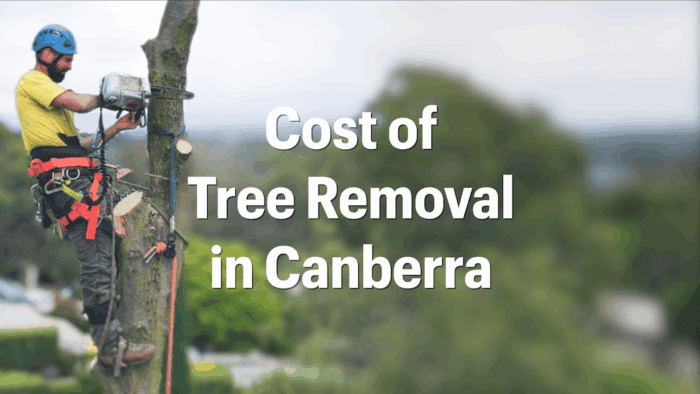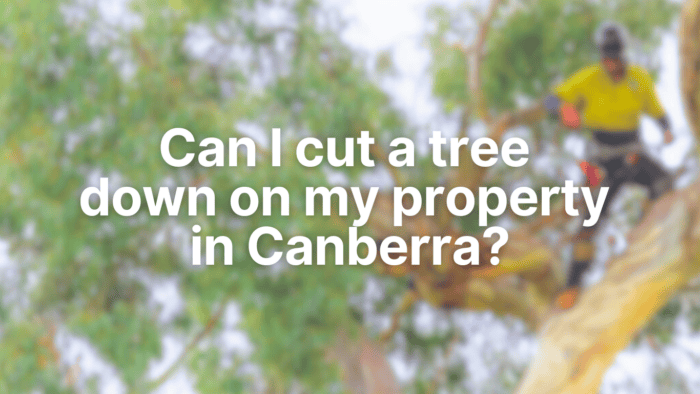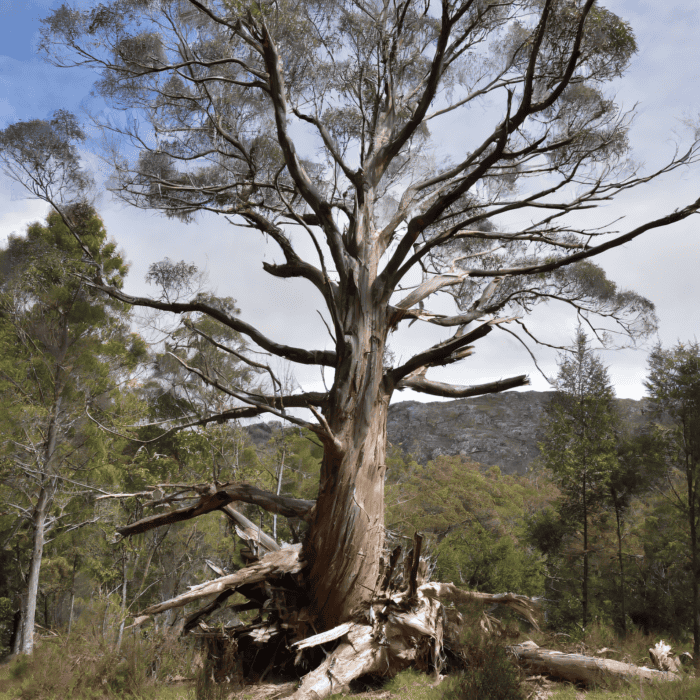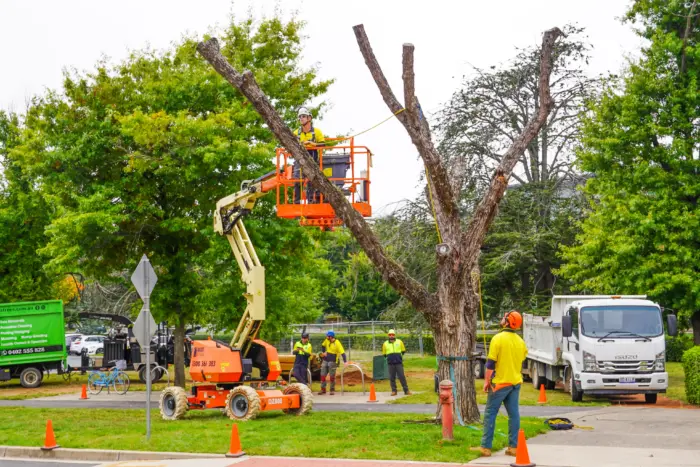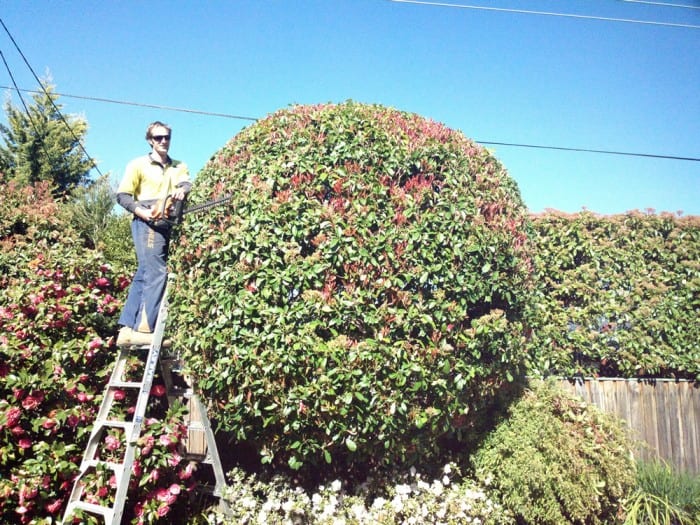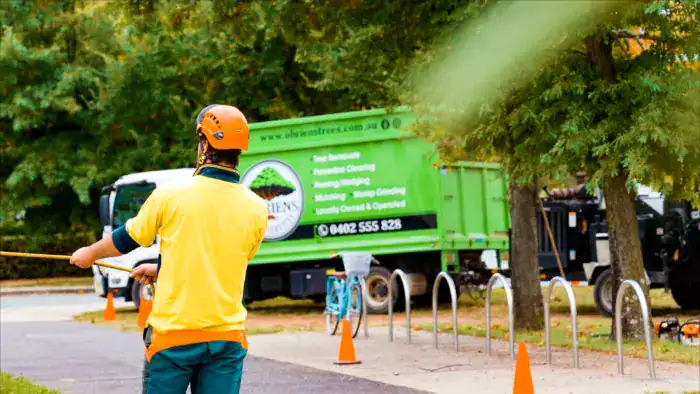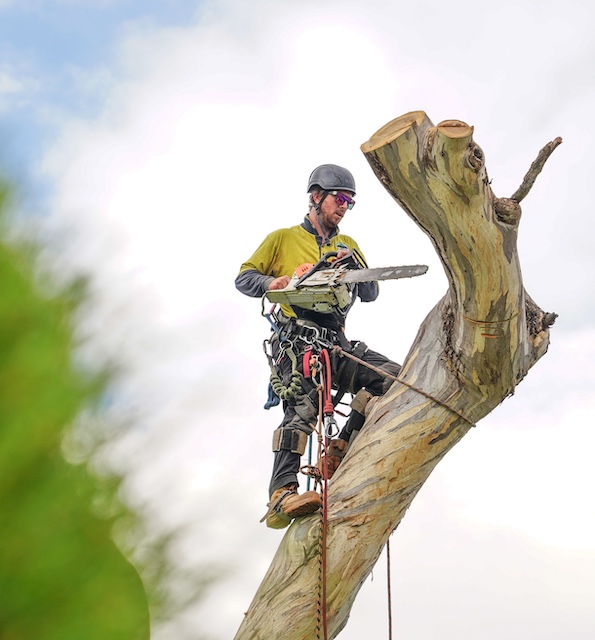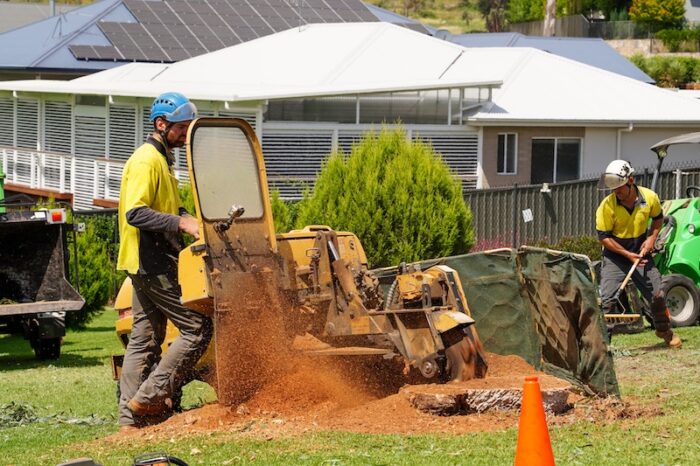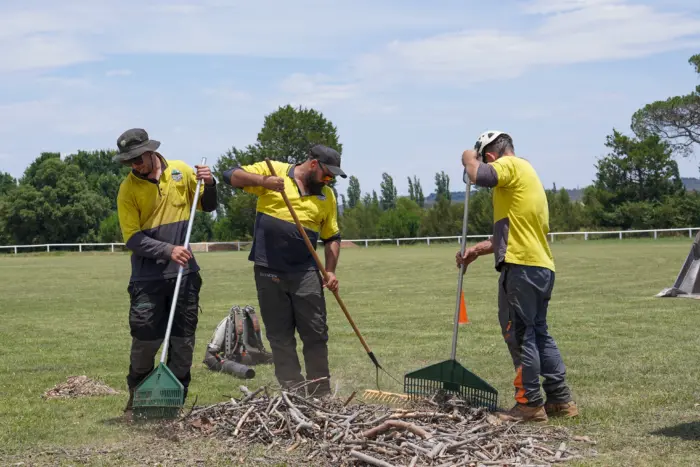Category Archives: News
Can I cut a tree down on my property in Canberra?
Can I cut down my own tree in Canberra ACT? In Canberra, removing a tree [...]
Jan
Tree Risk Assessment: 10 Signs It’s Time to Call an Arborist
When it comes to tree care, it’s about more than just keeping your landscape looking [...]
Sep
Tree and Vegetation Management – Its need in Populated Areas around Canberra
The Importance of Tree and Vegetation Management in Populated Areas Managing tree and vegetation growth [...]
Aug
Tree Maintenance Tips for Canberra Homeowners
Keeping your trees healthy and looking good is important. Here are some simple tips for [...]
Jul
Tree Removal Canberra: Understanding the New ACT Regulations for 2024
Starting January 1, 2024, new tree protection legislation will be implemented in Canberra, significantly increasing [...]
Jul
Tree Clearing Near Me: Your Guide to Professional Tree Clearing Services
If you’re on the hunt for reliable “tree clearing near me,” you’ve come to the [...]
Jun
Stump Grinding Canberra: Why we are your best choice
Stump Grinding Canberra: Why We Are Your Best Choice for Stump Removal When it comes [...]
May
Professional Tree Removal Services Near You
Professional Tree Removal Services Near You Are you facing the challenge of managing unruly trees [...]
May

